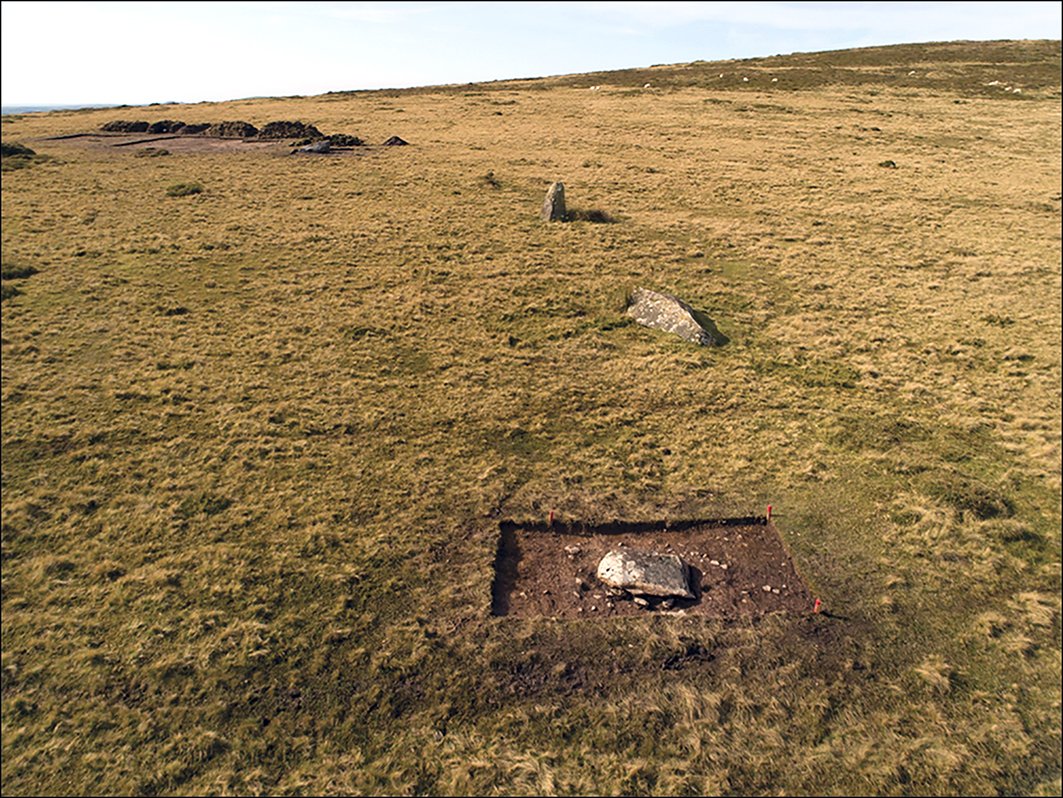A thread on the new Welsh stone circle and #Stonehenge.
What is at Stonehenge today can inform the theory that the original monument in Wiltshire was a “second-hand” Welsh ring.
How does it stand up?
What is at Stonehenge today can inform the theory that the original monument in Wiltshire was a “second-hand” Welsh ring.
How does it stand up?
All known stones at Waun Mawn (4 megaliths & 1 flake) are unspotted dolerite. This is rare at Stonehenge: currently 3/30 dolerite megaliths are unspotted – 7.3% of all bluestones. If we infer 35 missing stones, we have a total of 6 unspotted dolerite stones (7.3% of 35 = 2.5)
Actual figure could be lower, as dolerite stones appear to have survived better than non-dolerite (guesstimate 3/4 megaliths are dolerite, but only 1/4 buried fragments) so the current pattern may not be representative of the original monument. But let’s say 6 megaliths
Parker Pearson et al (Antiquity 2021) say “Most of the stoneholes [at Waun Mawn] comprised shallow pits (0.80–1.20m in diameter × 0.30–0.50m deep).” How does that compare to stone pits at Stonehenge? https://www.cambridge.org/core/journals/antiquity/article/original-stonehenge-a-dismantled-stone-circle-in-the-preseli-hills-of-west-wales/B7DAA4A7792B4DAB57DDE0E3136FBC33
Reviving Hawley’s original 1920s case that the Aubrey Holes he excavated at Stonehenge held the site’s first megaliths, Parker Pearson & colleagues (Antiquity 2009) showed that these pits had similar dimensions to known bluestone pits https://www.cambridge.org/core/journals/antiquity/article/who-was-buried-at-stonehenge/D9CAFA3FEBB667DF0F9B61E97C81FC39
I redrew their diagram for British Archaeology (Mar/Apr 2016), where you can see how Aubrey Holes are similar to known Stonehenge stoneholes (Bluestones 3iv & Q/R Holes), but different from known postholes
So if the Welsh stones came to Stonehenge around 3000BC, they would have been placed in Aubrey Holes, part of the first identified structures at the site. However, we can see that the described dimensions of Waun Mawn pits (blue rectangle) are significantly smaller.
Where does this leave second-hand circle theory? Not strong
1. pits at the two sites are of different sizes
2. 4 stones remain in Wales, guess 25 missing. If surviving stones are representative, estimate 6 stones of the right type at Stonehenge. Six of c 30 is not a Welsh circle
1. pits at the two sites are of different sizes
2. 4 stones remain in Wales, guess 25 missing. If surviving stones are representative, estimate 6 stones of the right type at Stonehenge. Six of c 30 is not a Welsh circle
And 3. Even if all 25 Welsh stones went to Stonehenge, that is less than half the number needed to put a stone in all 56 Aubrey Holes.
And here’s the twist...
And here’s the twist...
Most of this is recognised by Parker Pearson et al (Antiquity 2021), who ask "whether multiple monuments in Wales contributed monoliths to Stonehenge and Bluestonehenge”? The archaeologists themselves do not argue for a “second-hand” Welsh circle
So headlines such as "England’s Stonehenge was erected in Wales first ( https://www.sciencemag.org/news/2021/02/england-s-stonehenge-was-erected-wales-first) are a bit premature.
Still, a great find
Still, a great find

 Read on Twitter
Read on Twitter







